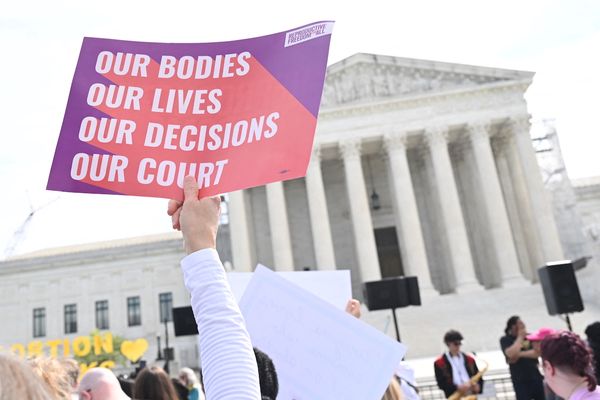
Rajasthan and Chhattisgarh returned to the OPS from 1 April 2022, retrospectively for all employees on the NPS. Jharkhand followed, from 1 October 2022. My surmise was that these actions were triggered by the Aam Aadmi Party (AAP) victory in the Punjab state elections in March 2022, riding on many promises, including a return to the OPS. In the event, Punjab’s return to the OPS was announced only in late October, and has still not been formally notified.
Subsequently, the Congress party won the Himachal Pradesh state election in December 2022 on a manifesto promising return to the OPS at the very first cabinet meeting. The state cabinet itself has not been formed four weeks after the election results. Meanwhile, the poll promise has been replaced by an announced decision to examine the financial implications of exiting the NPS. And Jharkhand has introduced rules making a wholesale return to the NPS unlikely.
What is happening? Well, states exiting the NPS seem to have fondly imagined that the pension fund accumulated from employee and employer contributions would immediately accrue back to them, a jackpot with capitalized earnings from the pension fund, yielding an immediate fiscal boost. It would go into “other internal liabilities", basically borrowing from their own employees, involving expenditure outflows only in the future at the time of their retirement. By contrast, the “internal debt" component, raised through the issue of state government securities, carries committed annual interest outflows. The NPS was introduced 20 years ago in 2003-04, so for a state government elected today, employees shifted back from NPS to OPS would begin to retire only ten years hence, assuming a minimum working span of 30 years. Ten years is well beyond the five-year electoral horizon of elected state governments.
The flaw in the expectation of a refund jackpot was that the NPS is a contract between an employee and the pension fund, where the state government is just a co-contributor and facilitator. In the event of pre-retirement termination, the refund permissible goes to the individual employee, not to the employing state. With the realization of this, a major short-term gain anticipated by states from restoring the OPS evaporated.
The other short-term advantage NPS-exiting states were looking at, in addition to the refund jackpot, was that there would no longer be the expenditure outflow every month of their employer contribution towards the pension fund. They could go back to the comfort the OPS offered, of book entries for employer dues, involving no regular expenditure outflows. That (lesser) short-term gain does remain.
So if governments are so short-term in their thinking, not looking beyond the electoral cycle, why did all (but one) states voluntarily join the NPS along with the Central government in 2003-04? In fact, starting that year, total pension outflows actually increased because OPS payments to past employees continued as before, along with the additional concurrent outflow of the employer contribution towards the NPS for newly hired employees. The fiscal gain of the shift was expected only 30 years after joining the NPS, when NPS employees would begin to retire without needing any expenditure outlay on their pension, and the body of OPS pensioners would have dwindled. Short-term pain for long-term gain. Why did state governments sign on?
My surmise is that state governments were prodded into action by the Fifth Pay Commission, which in the late 1990s raised the OPS entitlement to 50% of last pay drawn, from 40%. This ramped up the pension bill, and was surely the main trigger for all (but one) states taking on the burden of current contributions towards the future pension of current employees, in exchange for shaking off that burden entirely when they eventually retired. The Seventh Pay Commission added to the NPS burden in 2019 by recommending a rise in the employer’s contribution from 10% to 14%. This was not binding on states, but 18 states surprisingly signed on to that as well, in response to employee pressure.
So what is the size of the pension bill of states? The budgeted pension bill of all states in 2021-22, the last year before NPS exits began, was a little over ₹4 trillion, around one-quarter of their own tax revenue. For
Punjab and Himachal, that share stood at 31% and 76% respectively. Yes, it was the second pandemic year, and so tax revenues all round were lower than trend. But it illustrates how inflexible and burdensome defined-benefit pensions can be in a growth slowdown.
To reiterate, the current pension burden is as high as it currently is because states (and the Centre) are simultaneously paying the defined benefit pension for OPS employees and the outflow of contributions towards the NPS of currently serving employees. If they stay the course, which now seems likely, the reward will be a big fall in India’s pension burden starting 10 years from now.
Indira Rajaraman is an economist






